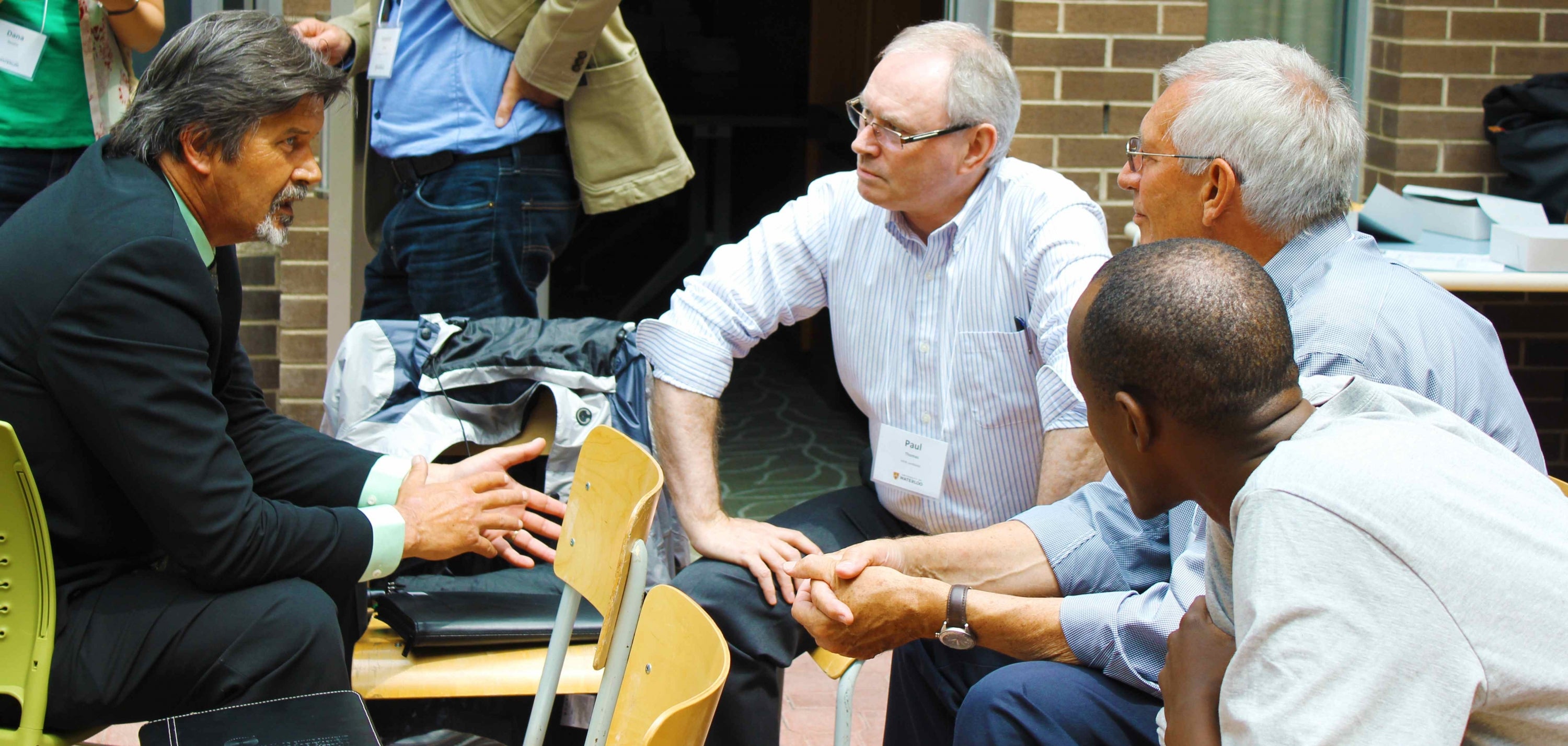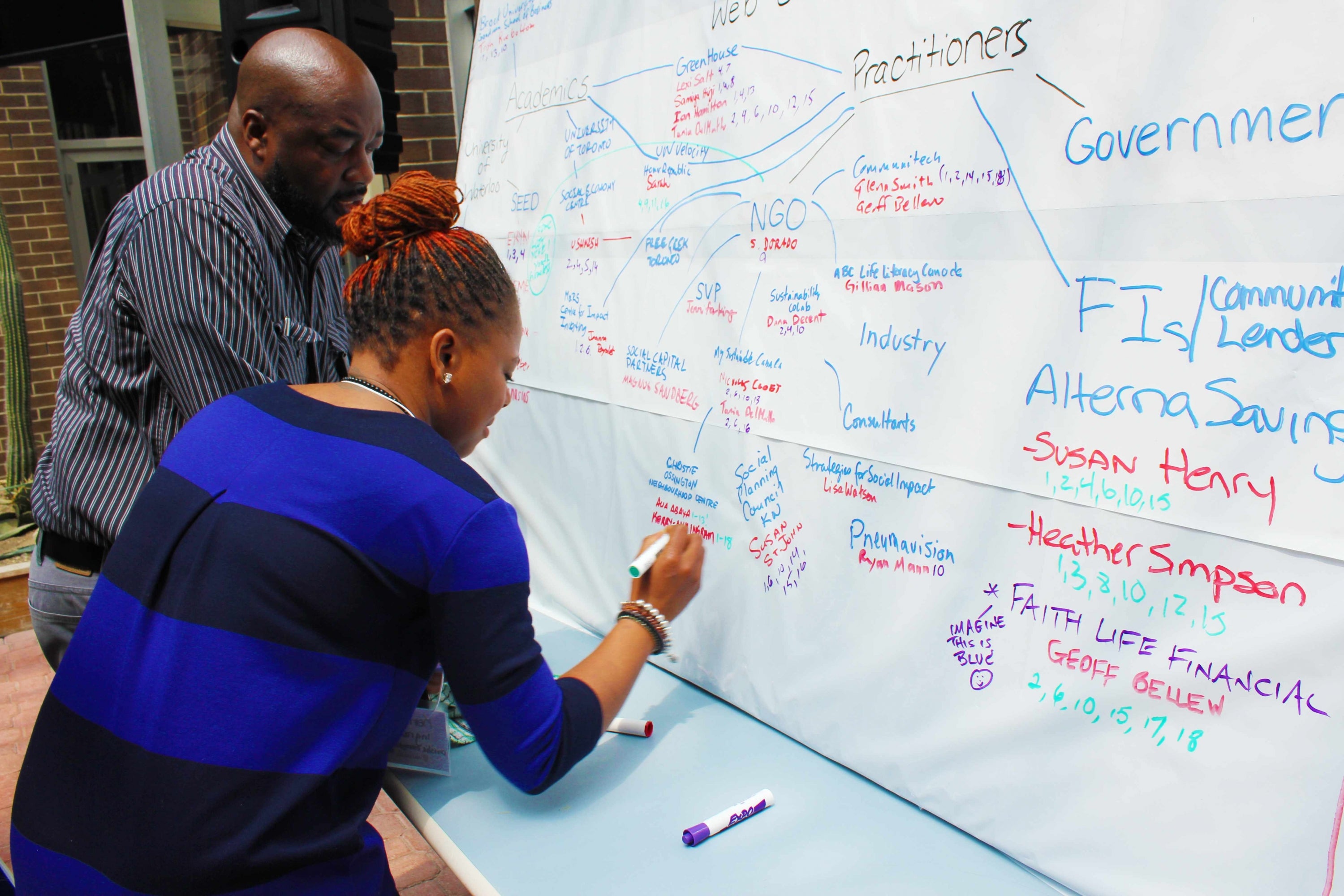
On Wednesday May 21 SEED hosted the Social Innovation Within Markets Workshop (SIWM). The SIWM was a one-day workshop that analysed the long-standing and emerging opportunities and challenges in the areas of social innovation. In the morning attendees enjoyed two panel discussions featuring Oana Branzei, Geoff Kistruck, Frances Westley, Dominique Biron-Bordeleau, Joanna Reynolds, and Magnus Sandberg.
The afternoon sessions included six paper presentations featuring some of SEED’s very own scholars as well as external practitioners and distinguished faculty from surrounding universities. Paper presenters included:
Sean Geobey - Social Innovation Case Study: The Global Derivatives Market as a Social Innovation.
Silvia Dorado - Value, competition, and cooperation conditions for the identification of socio-economic, hybrid, opportunities.
Oana Branzei - Towards a Theory of Hope for Social Entrepreneurship.
Trish Ruebottom - Deliberative Democracy in Social Entrepreneurship: A Discourse Ethics Approach to Participative Processes of Social Change.
Olaf Weber - Social Banks and Their Profitability: Is Social Banking in Line With Business Success?
Geoff Kistruck - Competition vs. Cooperation: Alternative Goal Structures for Motivating Groups in Base-Of-The-Pyramid Markets.
"It is not very often that you have so many different divisions of responsibility come together to discuss a common topic of interest. The vast audience made for such an engaging and interactive session and I am so happy to have been a part of it" said Sharmalene Mendis-Millard, Program Assistant for the Waterloo Institute for Social Innovation and Resilience (WISIR).
Due to the evolving and dynamic nature of social innovation, Neil Craik, Director of SEED, encouraged attendees to participate in mapping a Social Innovation Web to demonstrate the visual connections in the field of social entrepreneurship and social innovation in Waterloo Region.

If you are interested in learning more about Social Innovation and Entrepreneurship stay tuned for our live video from the event that will be posted in the near future.